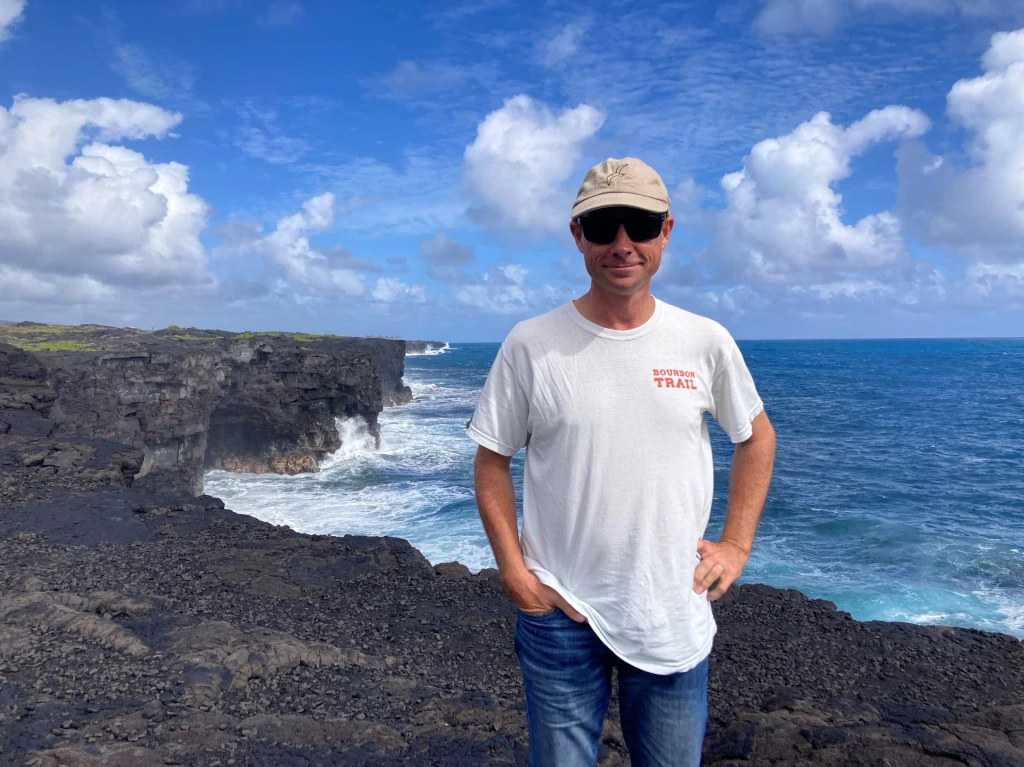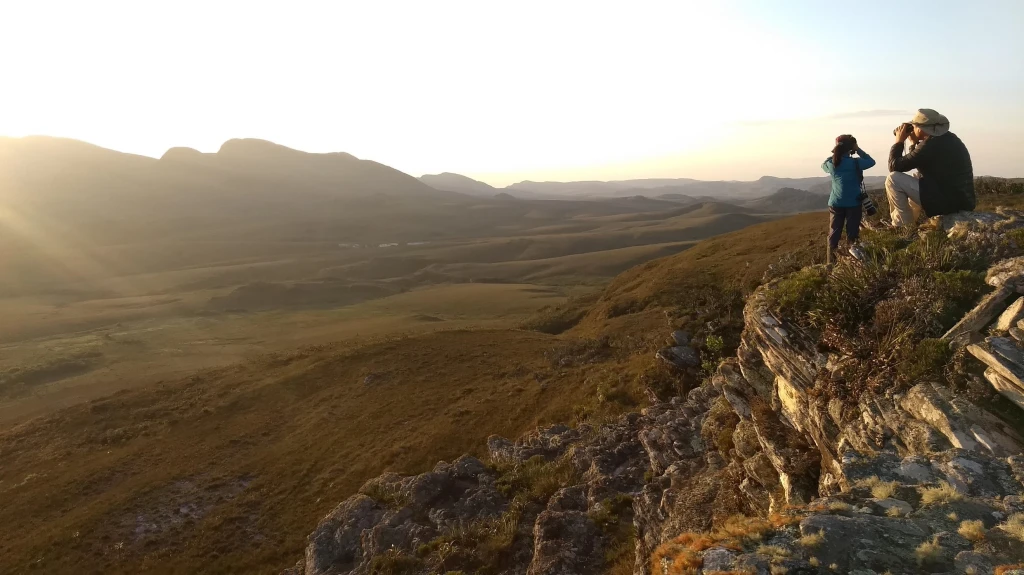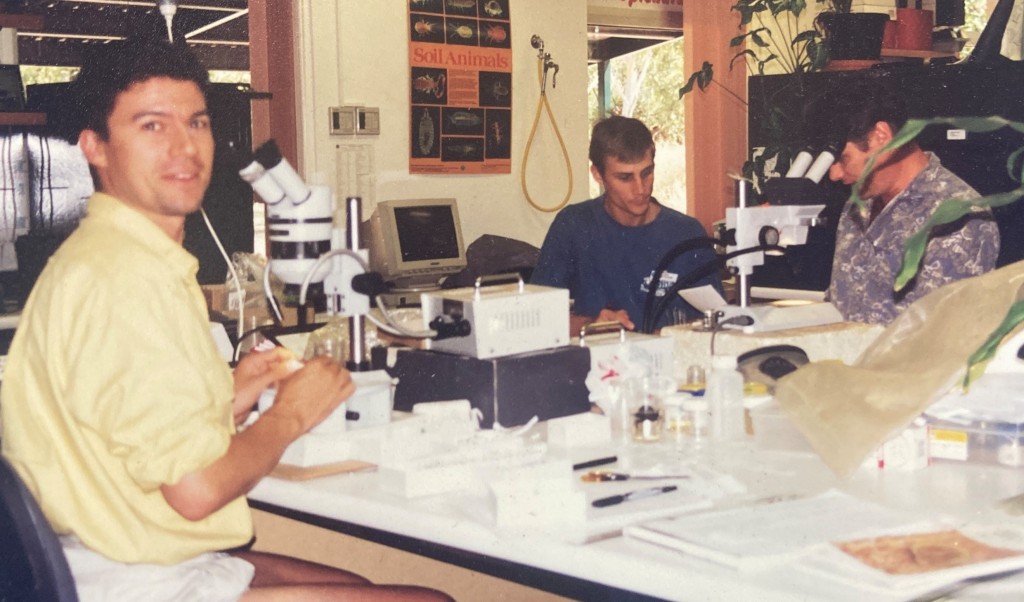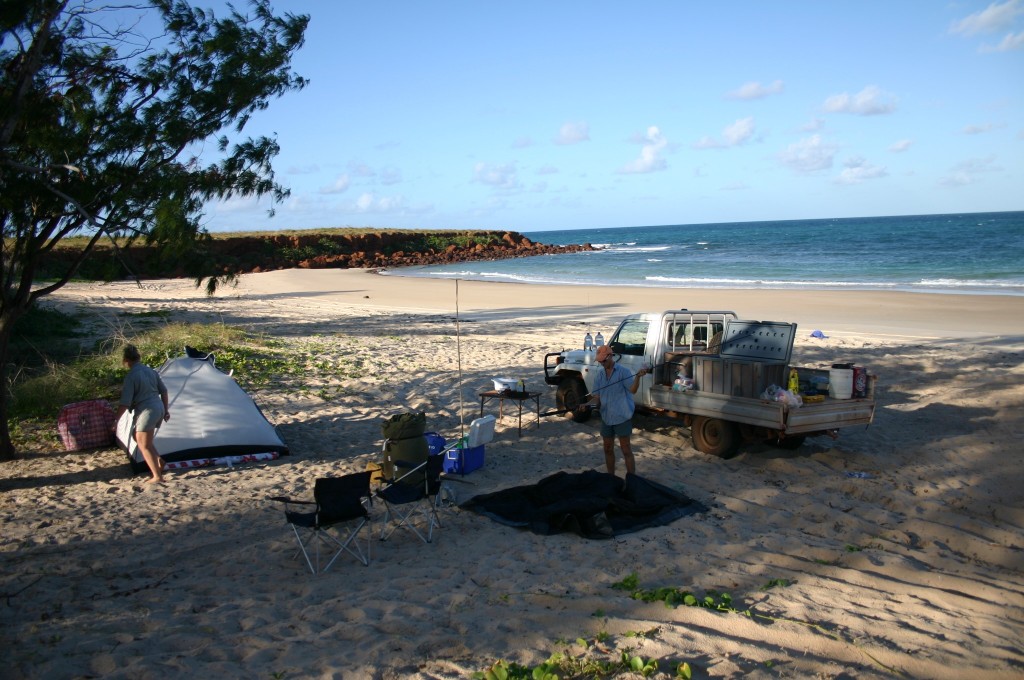Ben Hoffmann is a researcher based in Australia, focusing on invasive species management. His recent work on invasive red fire ants can be found here.
IS: Who are you, and what do you do?
BH: I am a mid-career researcher based in Darwin, northern Australia, and these days I am predominantly focused on sciences that improve invasive species management, especially achieving ant eradications. That can be as broad as demonstrating the utility of advanced drones, to studying the basic biology of species to determine key aspects that need to form the basis of work protocols.

IS: How did you develop an interest in your research?
BH: I was always interested in nature, but in 1990 I did one week of school work experience with Alan Andersen at CSIRO, and ants then became my life passion. I basically never stopped coming to the laboratory with ants that I collected, and then I ended up doing both my undergraduate and postgraduate studies at CSIRO, and ultimately created a job for myself as well. The ants in northern Australia were so incredibly unknown back then, and it was so easy to just go out and find new species, even from my own backyard.
IS: What is your favorite social insect, and why?
BH: Certainly ants over other social insects, but I don’t think I have a favourite ant. I can spend all day just looking at the huge diversity of ants under a microscope, let alone appreciating their incredibly varied biologies and ecologies.
IS: What is the best moment/discovery in your research so far? What made it so memorable?
BH: Oh, there are so many. The joy of having a paper accepted for publication never ceases. But possibly a “best” moment has occurred multiple times when I have successfully achieved an eradication when others have said that it isn’t possible. I do enjoy proving that things are possible.
IS: Do you teach or do outreach/science communication? How do you incorporate your research into these areas?
BH: A little bit. There is always a school group that wants a presentation about ants or being a scientist, or a community group that is interested in knowing what science is being conducted anywhere. Probably my biggest interaction is communicating with the public when invasive species eradication work is conducted on private lands.
IS: What do you think are some of the important current questions in social insect research, and what is essential for future research?
BH: I suspect that I am not following the literature or science focus of most social insect research, only what I learn is important for my work. More often than not these days, it is just basic biology that I am chasing in the literature, and for most species there is practically nothing. I am actually looking forward to retirement so that I can stop chasing grants focused on somebody else’s priorities, and just conduct studies of basic biology. The work would not be interesting to most, but it can be very useful when it is needed.
IS: Outside of science, what are your favorite activities, hobbies, or sports?
BH: As a kid I loved bird watching, and in the past few years I have regained this passion, probably because of the incredible eBird database. My spare time and trips anywhere in the world now involve a lot of bird watching.

IS: What is the last book you read? Would you recommend it? Why or why not?
BH: Around the world in 80 birds. It is simply a book about a selection of the world’s bird species and interesting details about them. There is a great opportunity here for somebody to do exactly the same for ants. Nice and easy to read, no plot to remember as I find ten minutes here and there to read a few more pages, and good for increasing knowledge.
IS: How do you keep going when things get tough?
BH: These days I exercise a lot, typically an hour fast walking in the morning, sometimes jogging, and often an hour of swimming in the afternoon. Exercise does a lot to release tension and give thinking time. As much as possible I enjoy the outdoors, and when the weather is good I go camping a lot (even if times aren’t tough). I also discuss any issues with people who might like to listen or even give advice. Among all of that I keep myself charged and enthusiastic as much as possible to find solutions to the many (and seemingly increasing) problems that I face.
IS: Who do you think has had the most considerable influence on your science career?
BH: Easily Alan Andersen. He is an incredible ecologist, regardless of whether the topics is ants or not, he is an incredibly likable person, he is a great science leader, a prolific publisher, etc etc etc. Even in his retirement he is publishing more papers than me which shows me I still have room for improvement.

IS: What advice would you give to someone hoping to be a social insect researcher in the future?
BH: Go for it! There is plenty of scope and need for such research, regardless of whether the insects are the research focus or just the model taxon being used to test something else.
IS: Has learning from a mistake ever led you to success?
BH: Plenty of times. In fact, it could be argued that most of my career has been based on learning from mistakes. Most of my focus has been how to eradicate species from a landscape, but without causing harm to the landscape, and it is easier said than done. Certainly more failures than successes, but the failures just get you to change what is done until success is achieved. You can read about plenty of my failures in my publications, and I have always found it important to publish my failures so that other people can potentially avoid doing exactly the same and achieve the exact same failed outcome.
IS: What is your favorite place science has taken you?
BH: I love working in NE Arnhem Land, which is stunningly beautiful Aboriginal lands in northern Australia, but then again Lord Howe Island and Norfolk Island are also jewels of the world that I have always loved traveling to. Likewise, I have had the pleasure of travelling to over 40 countries and enjoy a vast array of beautiful places. Don’t think I could settle on a “favourite”.
